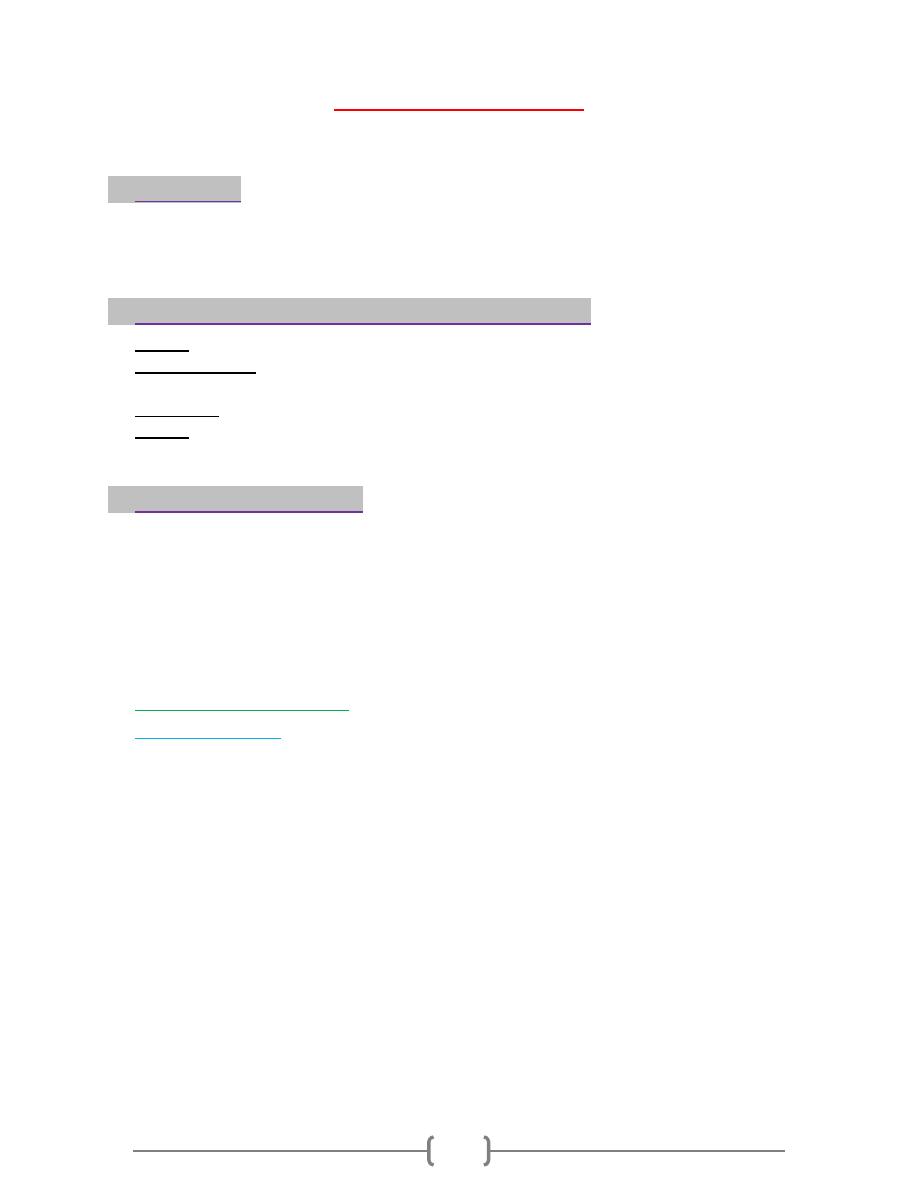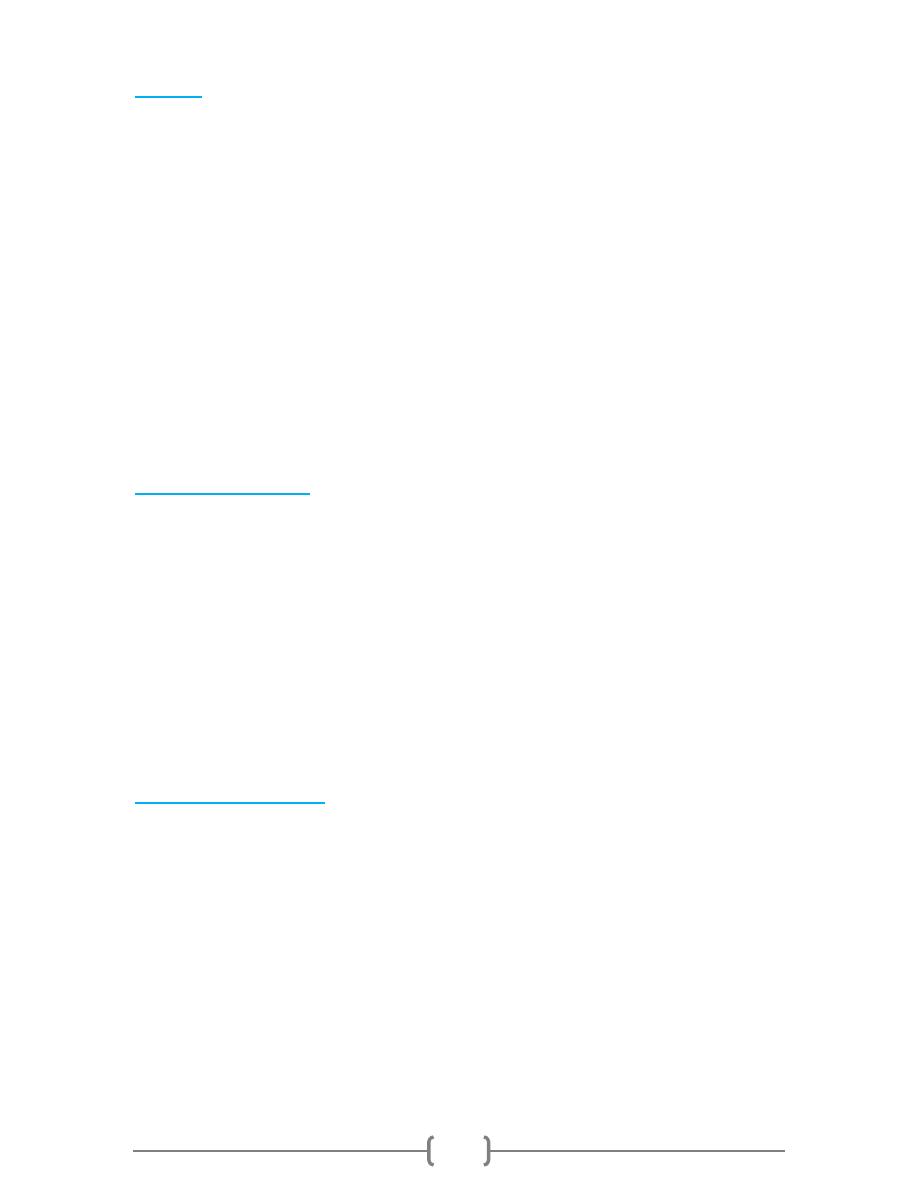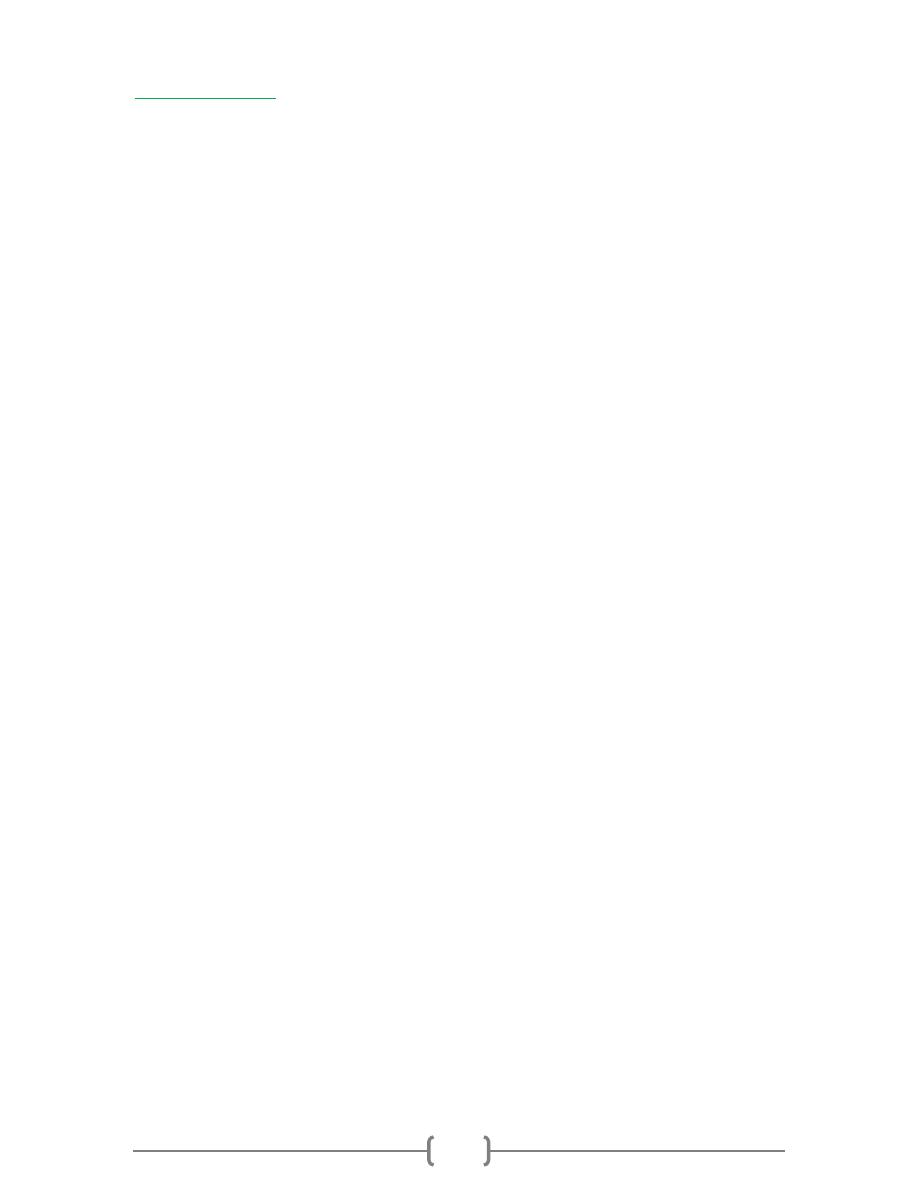
1
“ Growth assessment “
Dr. Ban A Hameed Department of Pediatrics Al-Kindy College of medicine
Definition
Growth; refers to an increase in the size of the infant as a whole or of his or her individual parts
its progression mainly structural. It is estimated with some degree of reliability in term of; height,
weight, head circumference and bone age.
Factors affecting growth and development
1. Genetic
2. Physical trauma: any insult in pediatric age group during prenatal, natal, postnatal period any
chemical, immunological, and residual from certain infection may affected the growth.
3. Nutritional: especially during the first year of life when there is rapid growth and development.
4. Others; includes social, emotional and cultural factors. I.e. Position of child in the family, the
interaction of the infant or child with other siblings, parents divorce and death of one parent.
Assessment of growth
Infants: (mean 0-1 year of life) the most useful physical measurements are head circumference,
length,& weight supplemented by observation of nutritional status, dentition & size of fontanel’s
Older children; measurement of stature and weight, supplemented by measurement of body
proportion which includes (upper arm span and sitting height).
Adolescence: ( 11- 21 year ) which includes in addition to the height and weight assessments of
sexual maturity rate (S M R ) ,height velocity ,body fat content ,skin fold thickness, mid arm and
mid leg circumference .
Parameters of growth
Length or height:
o At birth the length is always in range of (45 -55 cm) Average 50 cm .The increment in the length
during first year is about 25 cm. during the second year the increment is about 12 cm .
o So at first year the length is 75 cm, at second year 87 cm.
o Its doubled by the age of 4 years (100 cm) and tippled by age of 13 years (150 cm).
o During preschool age (2-5 years) the average increase in the height is (7-8 cm ) per year.
o During middle child hood (6-11 years) the average increase in the height is (6-7 cm) per year.
o Height gain is maximum in spring and minimal in autumn.
o At birth the ratio of the lower to upper segment of the body is measured from symphysis pubis is
approximately 1: 1.7.
o Subsequently the legs grow more rapidly than the trunk .at age of 2 years mid point in height is
umbilicus, whereas in adulthood the midpoint is slightly below symphysis pubis.
o
For Height:-
At birth the length is about 50cm.at one year the length about 75cm.
Between 2- 12 yr the formula (age in year x 6 + 77).

2
Weight:
o Is best index for nutrition and growth within the first week of life anew born may lose up to 10 %
of its birth weight due to( less intake of fluids , loss of meconium and urine and excretion of
excess extra vascular fluid.) then the weight is usually regained by the age of 10 days .
o Birth weight ranges from 2.5- 4. kg. Average 3.5 kg. Any weight below 2.5 kg termed low birth
weight. Any weight above 4. kg termed large birth weight.
o Weight gain is approximately 30g /day during 1
st
month of life & 20g /day during 3-4 mon of life.
o Weight is doubled between 5- 6 month of life, tripled by the end of first year and quad rippled by
the end of second year.
o In preschool age (2-5 years) the average gain of weight is about 2kg per year.
o During middle child hood (6-11years) the average gain of weight is (3-3.5kg) per year.
o At age of 7 years the average child weight is 7 times of his birth weight.
o There are formulas for approximate average height and weight of normal infants and children.
o For weight:-
From 3-12 months the formula is (age in months + 9) divided by 2.
From 1-6 years the formula (age in years x2 +8 ).
From 7-12 years the formula (age in years x7 -5) divided by 2.
Head circumference:
o Which mean occipito-frontal circumference. in normal full term neonate is usually ranges from
33-37 Cm, average 35 Cm. The maximum increases in head circumference occur at first year
which mean also growth of brain.
o Its approximately increase about 2 cm / month for the first three month .then it increase about 1
cm / month for second three month . Then it increase about 0.5 cm / month for last six month. So
at age of 6 month average H.C. is 44 cm.
o At age of 1 year average H.C. is 47 cm.
At age of 2 year average H.C. is 49 cm.
At age of 5 year average H.C. is 51 cm.
At age of 12 year average H.C is 53- 54 cm which is the adult size.
At birth if head circumference below 33 cm called microcephaly.
At birth if head circumference above 37 cm this called macrocephally
There are 6 fontanels:-
Anterior, posterior, 2 sphenoid & 2 mastoid
They are present at birth, the post fontanel close at 2-3 month, the ant fontanel closed by 9- 18
month of age. The ant fontanel is diamond in shape, The usual measurement is 2 by 2cm.
The most common causes of delay in closure of ant fontanel are rickets, congenital
hypothyroidism, and hydrocephaly.

3
Growth charts
The growth charts well developed more than 50 years age.
There are five standard charts:-
1) weight for age 2) Height (length and stature) for age.
3) Head circumference for age. 4) Weight for height.
5) The body mass index. As weight divided by the square of the height.
Separate charts are provided for boys and girls.
Each chart is composed of seven to eight percentile curves representing the distribution of weight,
height, or head circumference values at each age.
The percentile: is the percentage of individuals in the group who have achieved a certain
measured quantity or developmental mile stone.
These are 5th, 10th, 25th, 50th, 75th, 90th, and 95th percentile.
By definition, the 50th percentile is the median, the value above (and below) which 50% of the
observed values fall. It is also termed the standard value
The analysis of growth patterns provides critical information for diagnosis of several
conditions example:
o Failure to thrive: in this condition the child’s weight is below the 5th percentile or drops down
more than two major percentile lines.
o Weight for height below the 5th percentile remains the single best growth chart indicator of acute
under nutrition.
o In chronic malnutrition the body weight decrease. The height decreases too so their weight for height
curves may appear relatively normal but in severe cases the head circumference decrease also.
